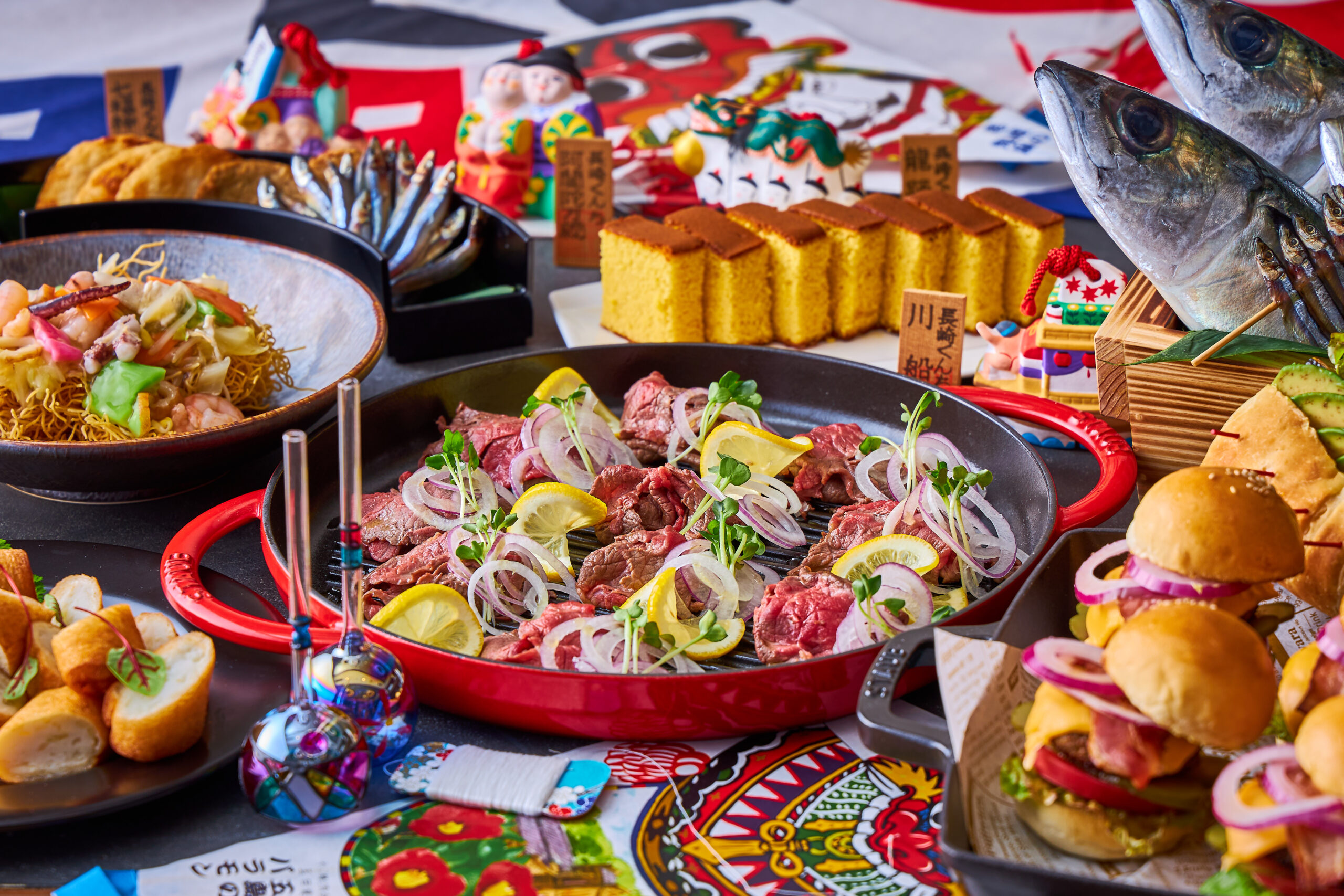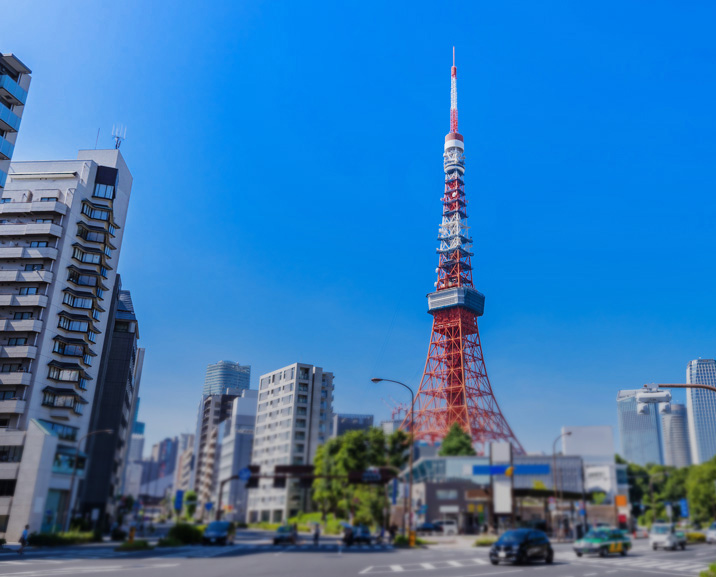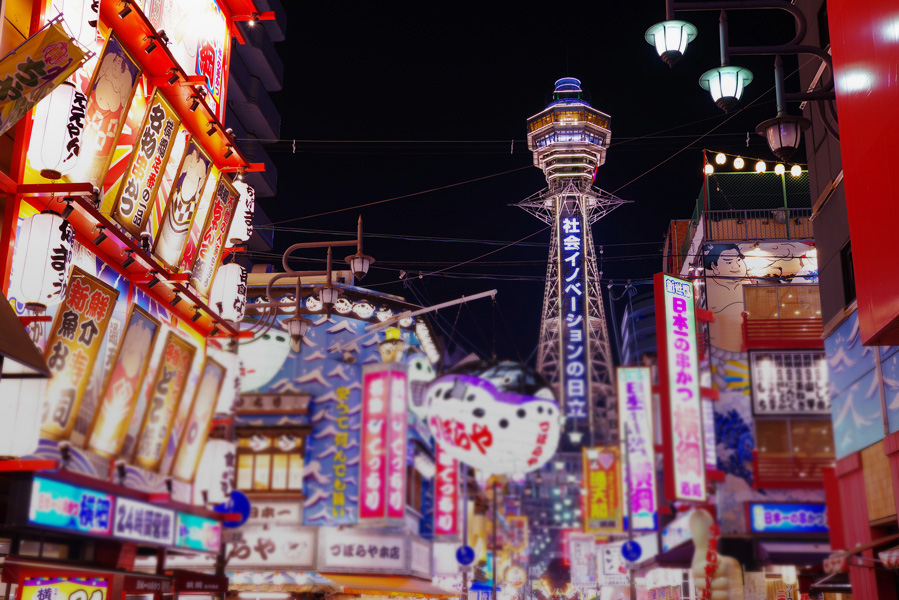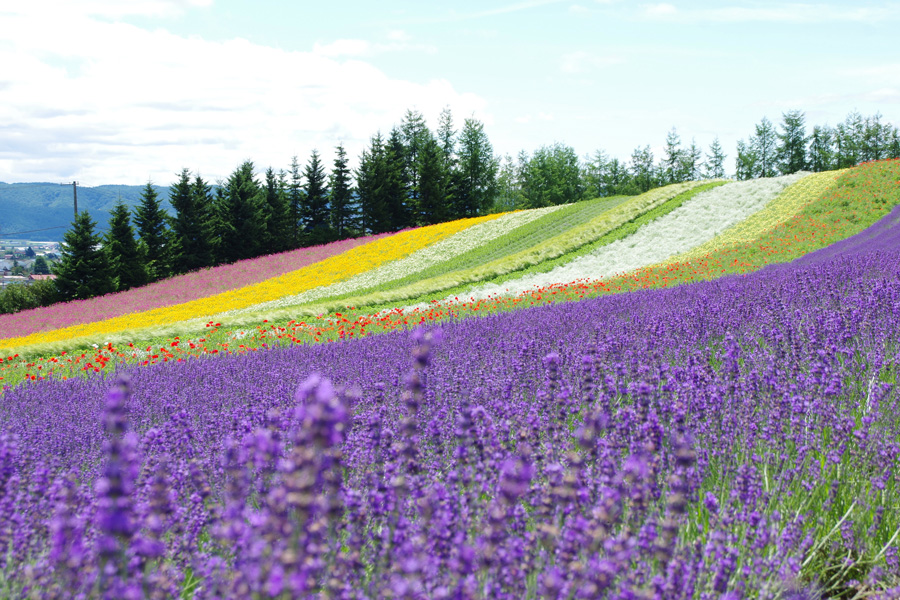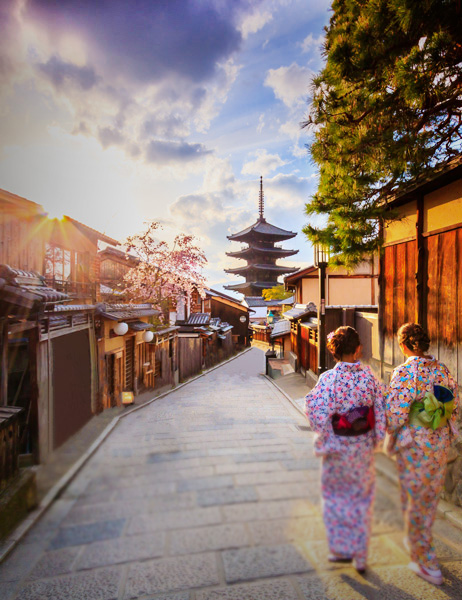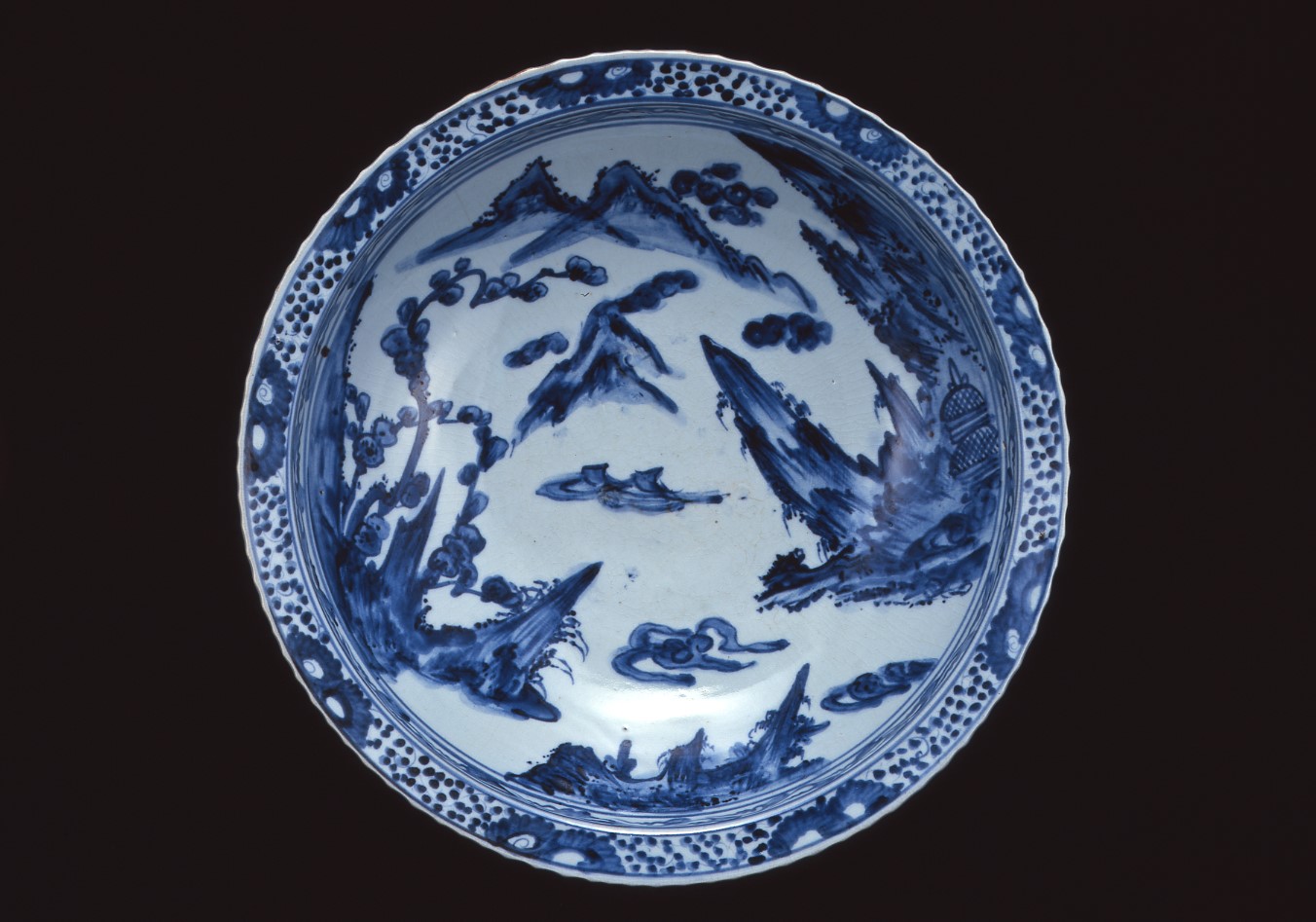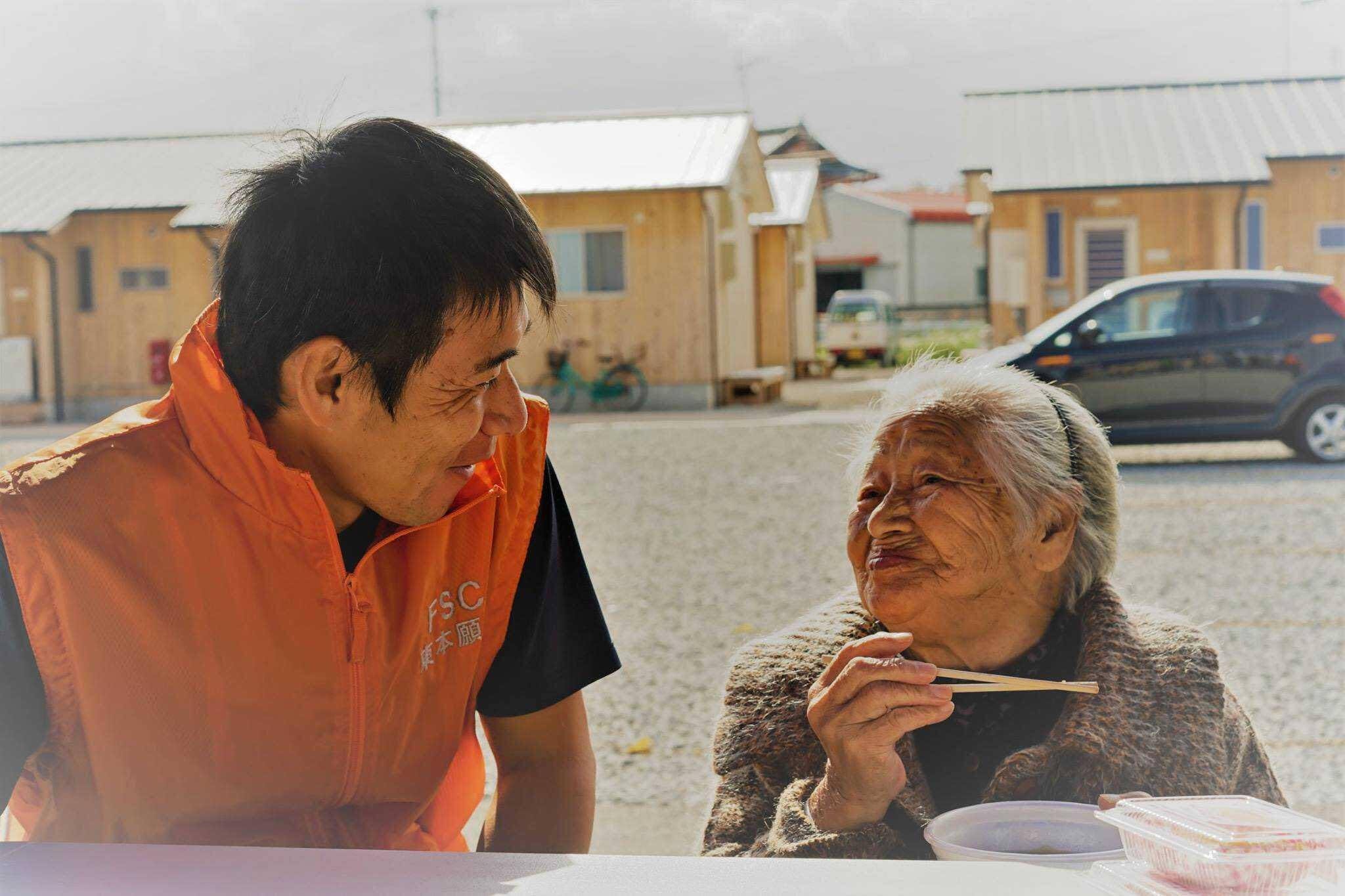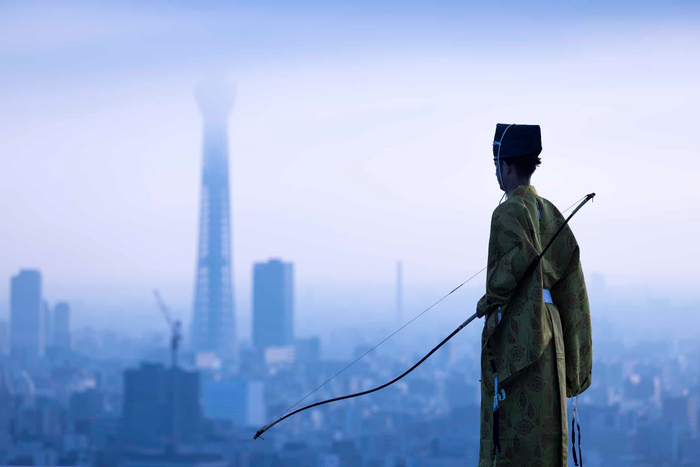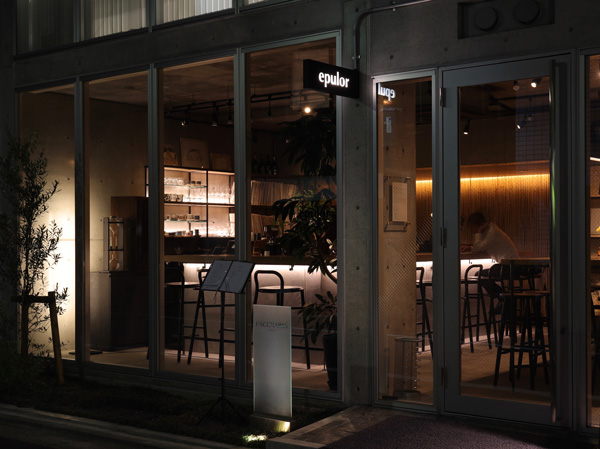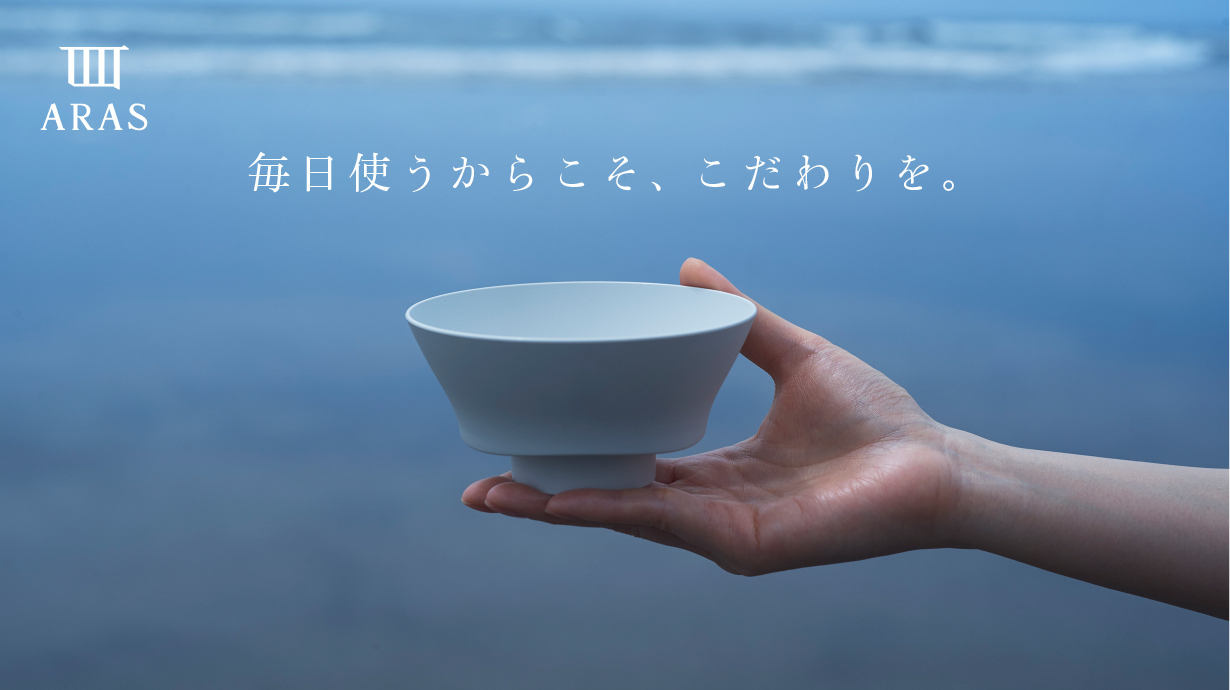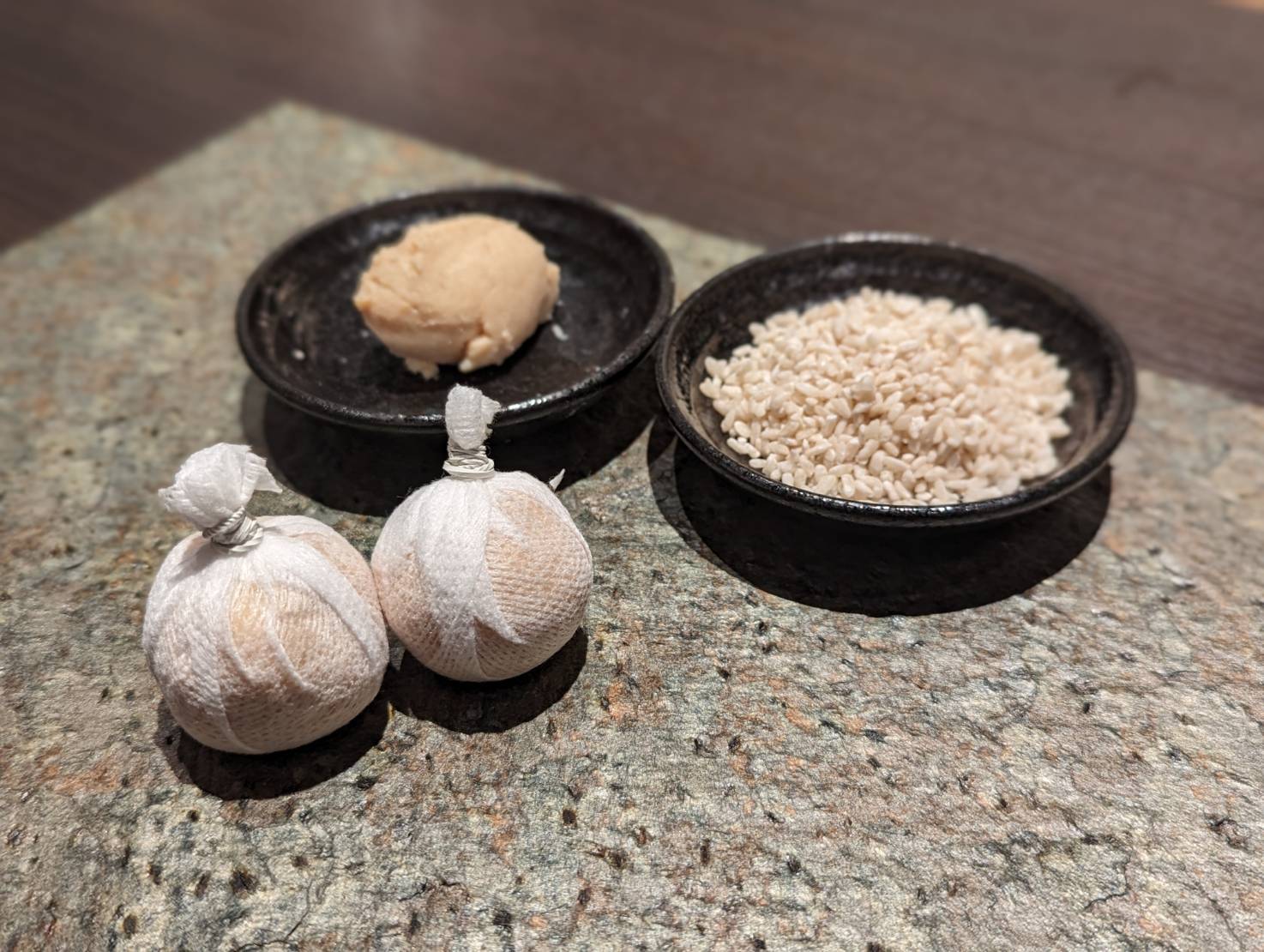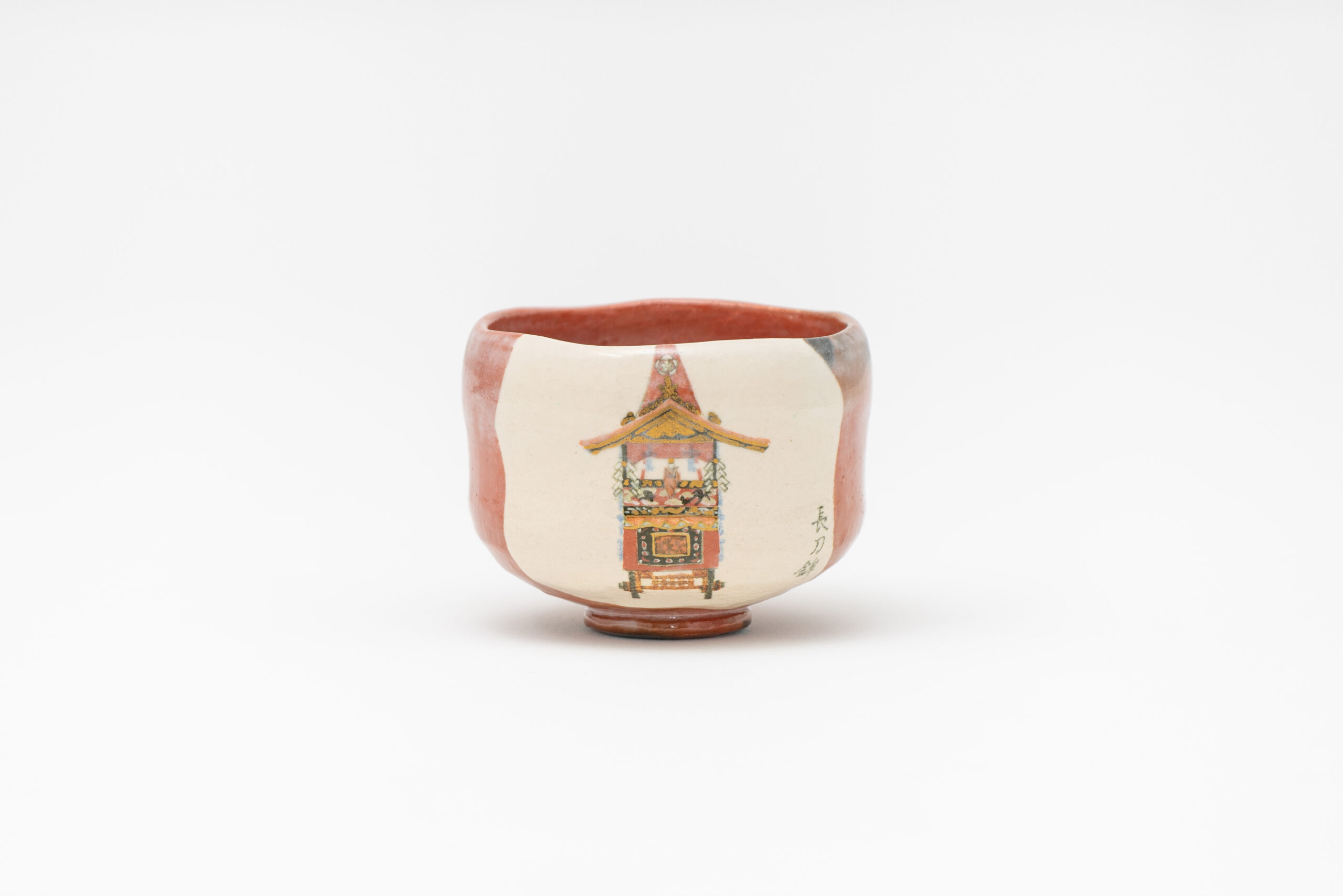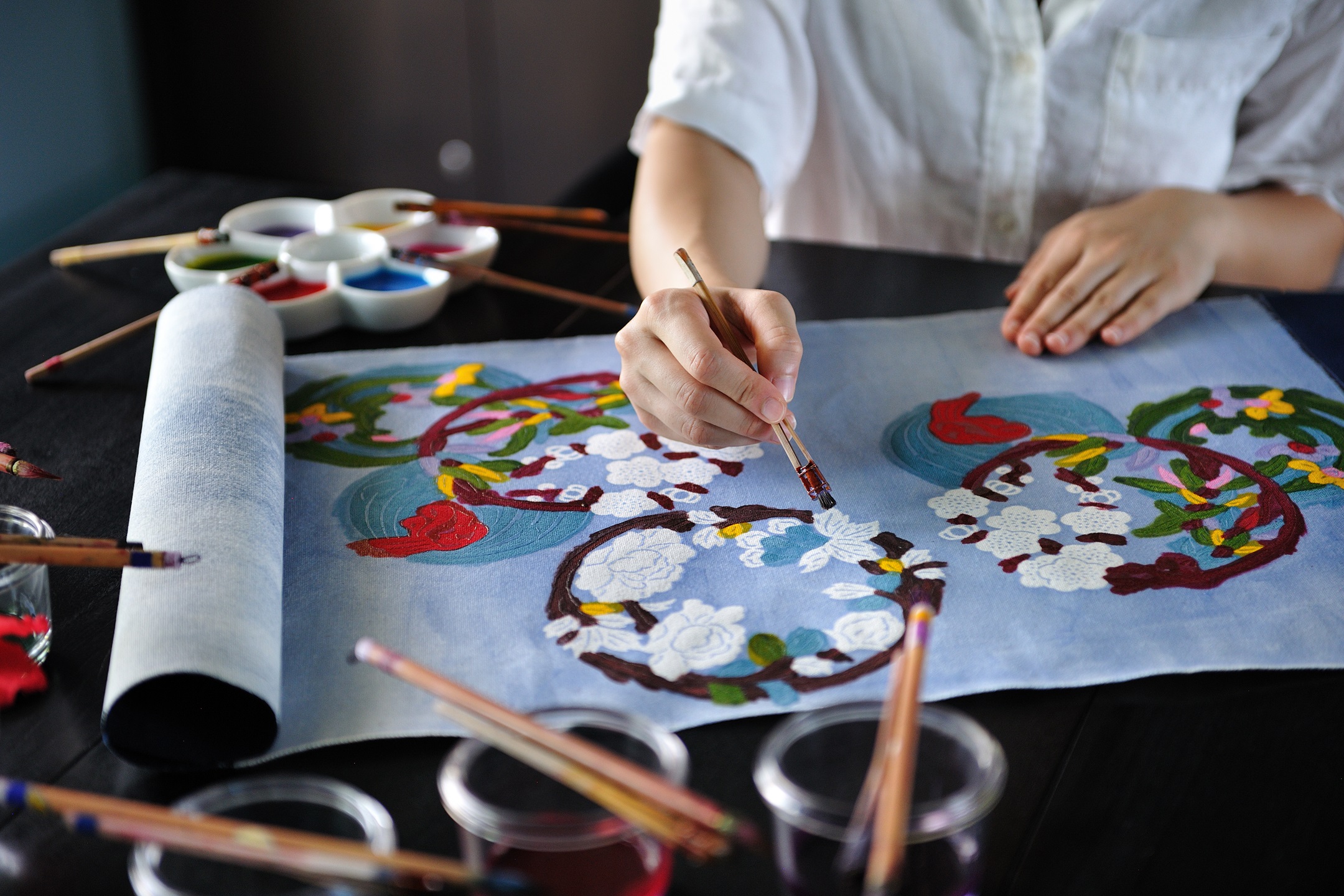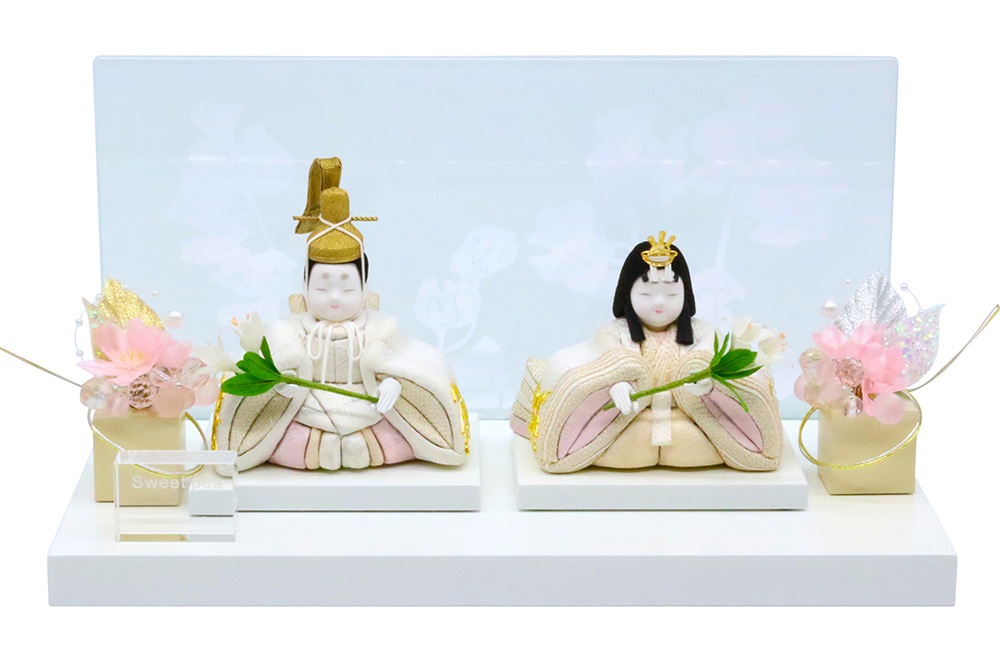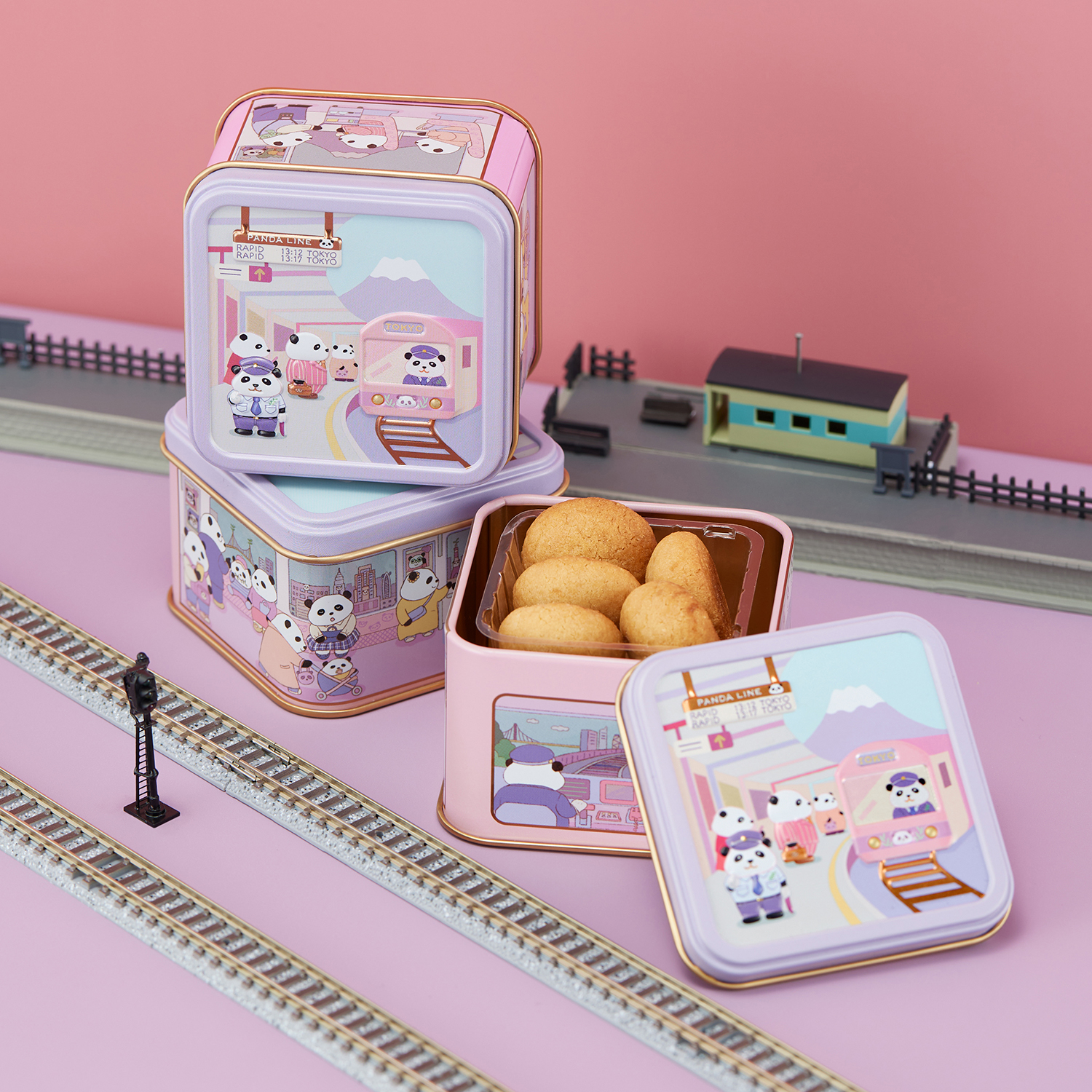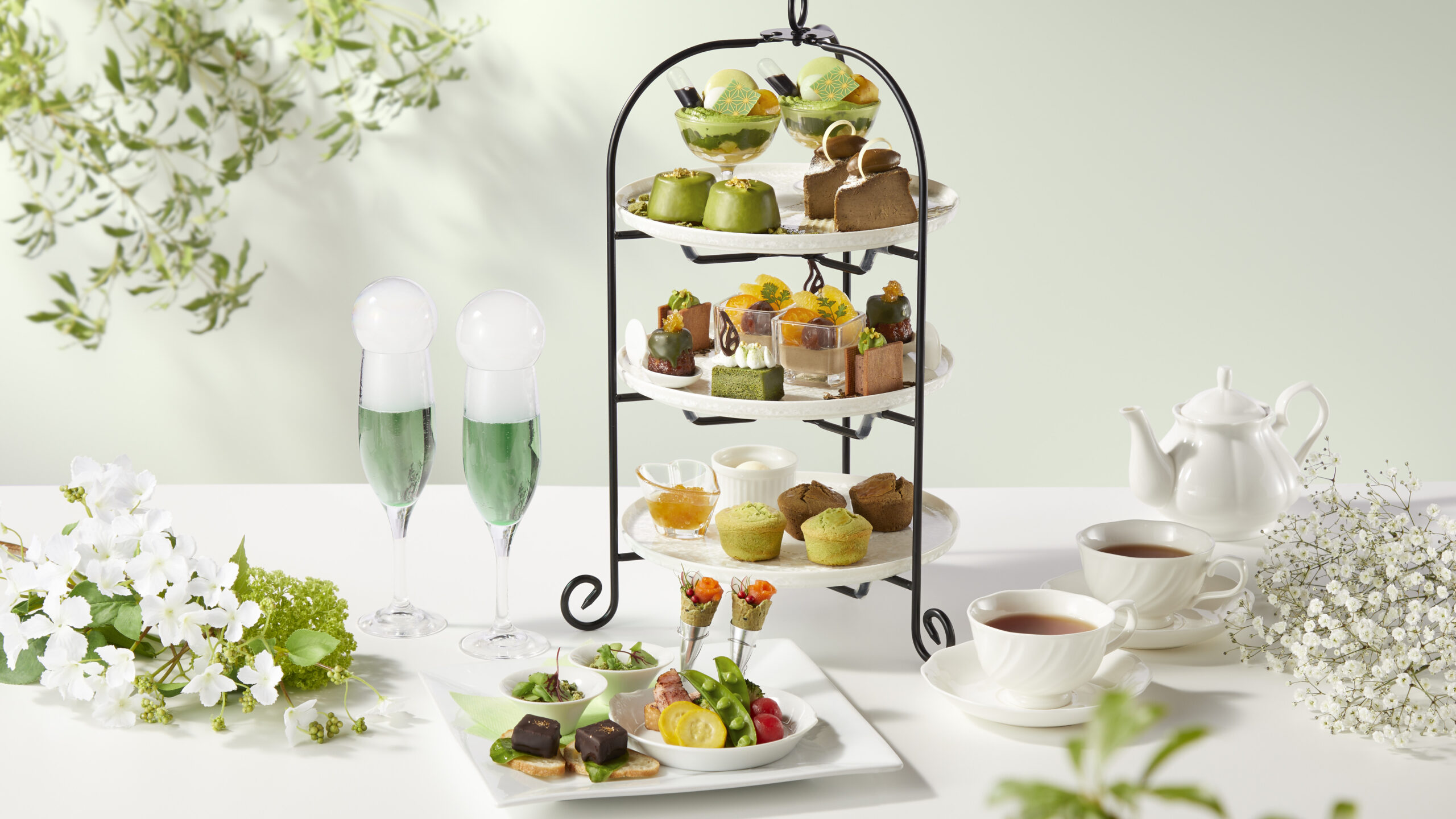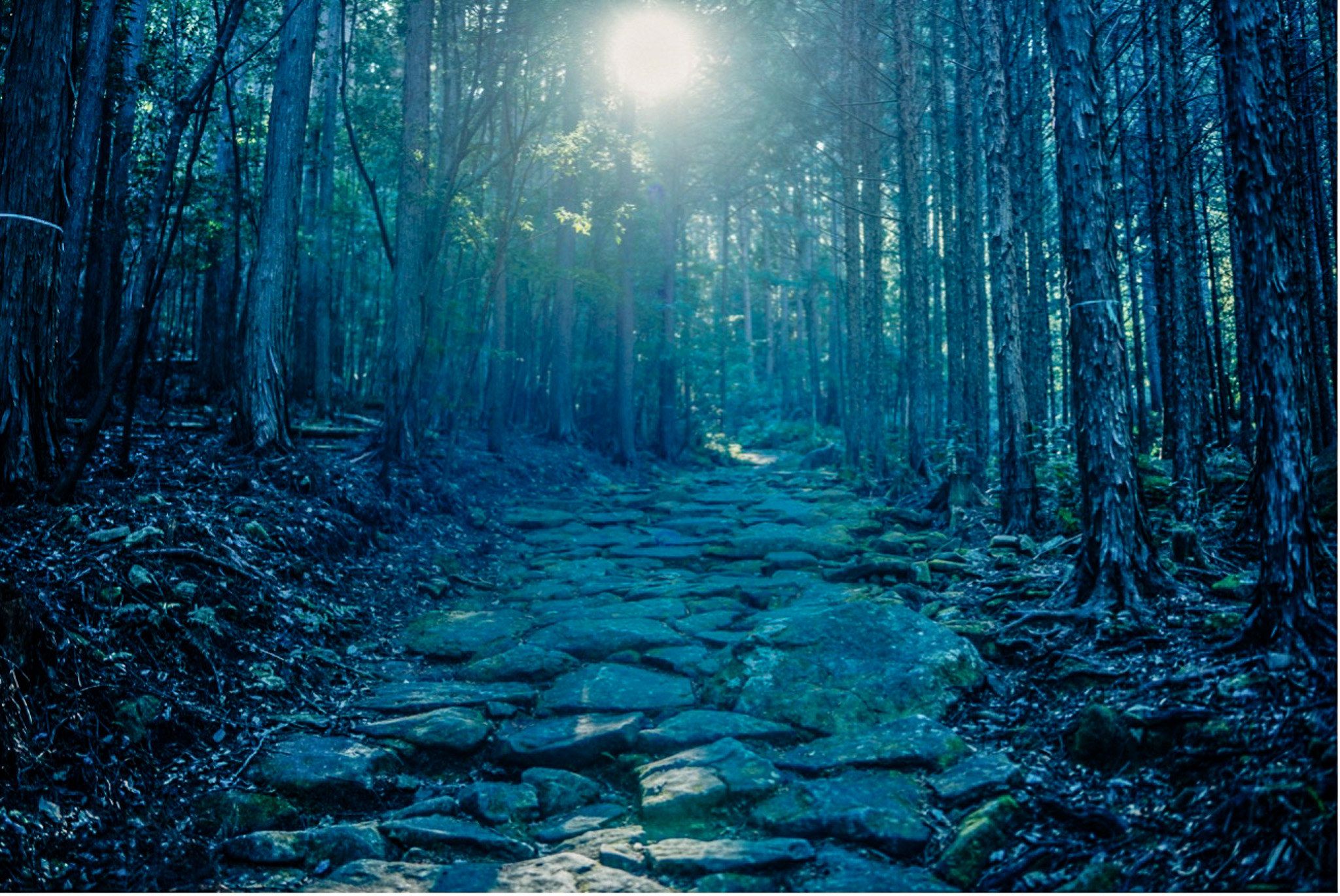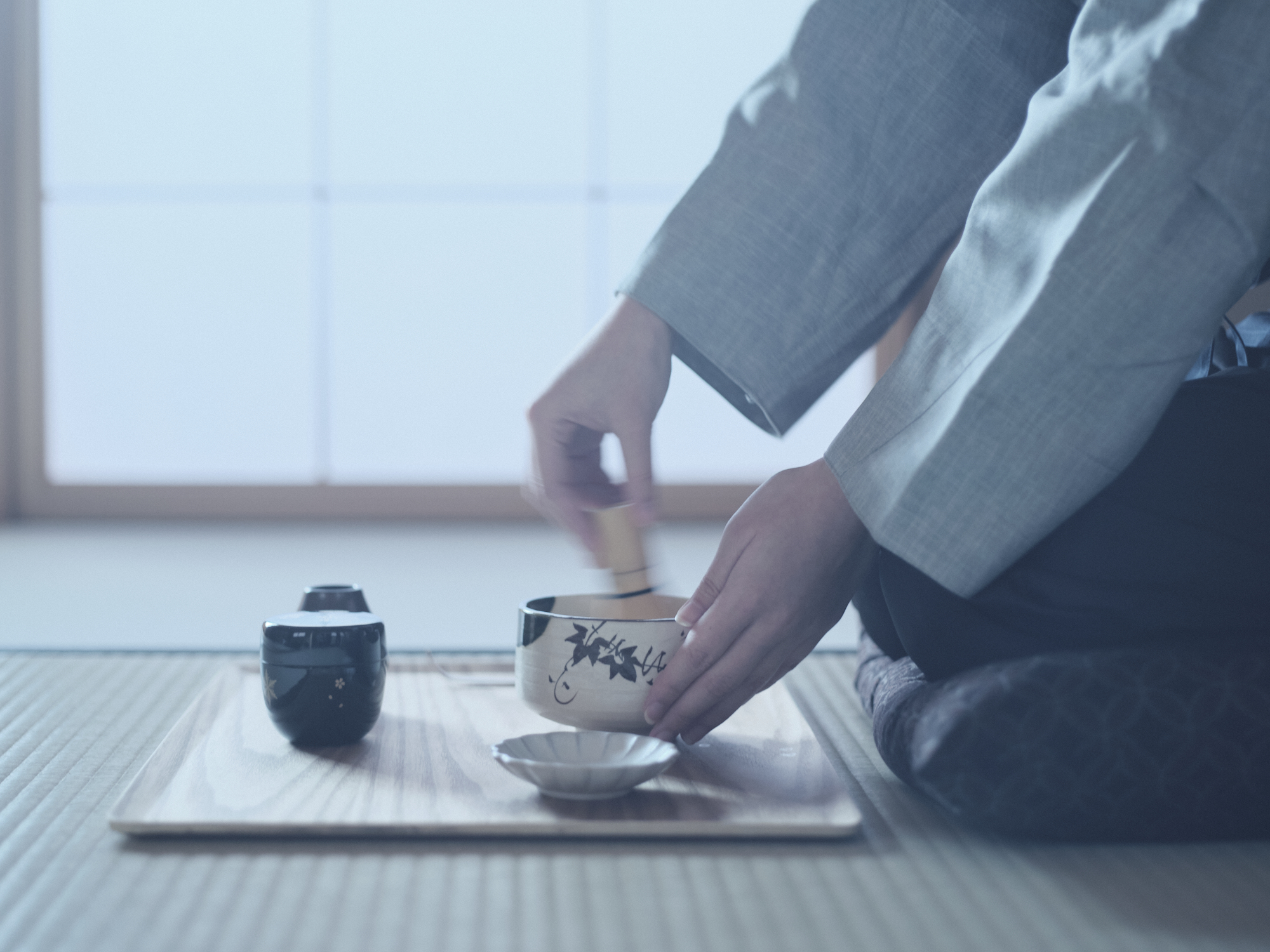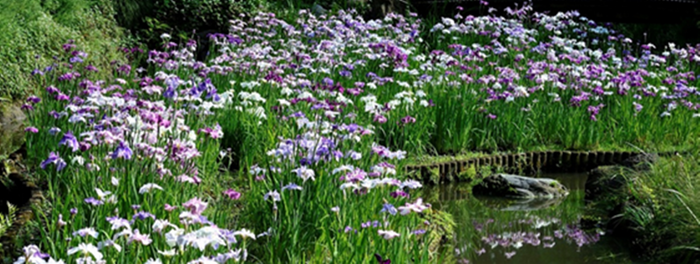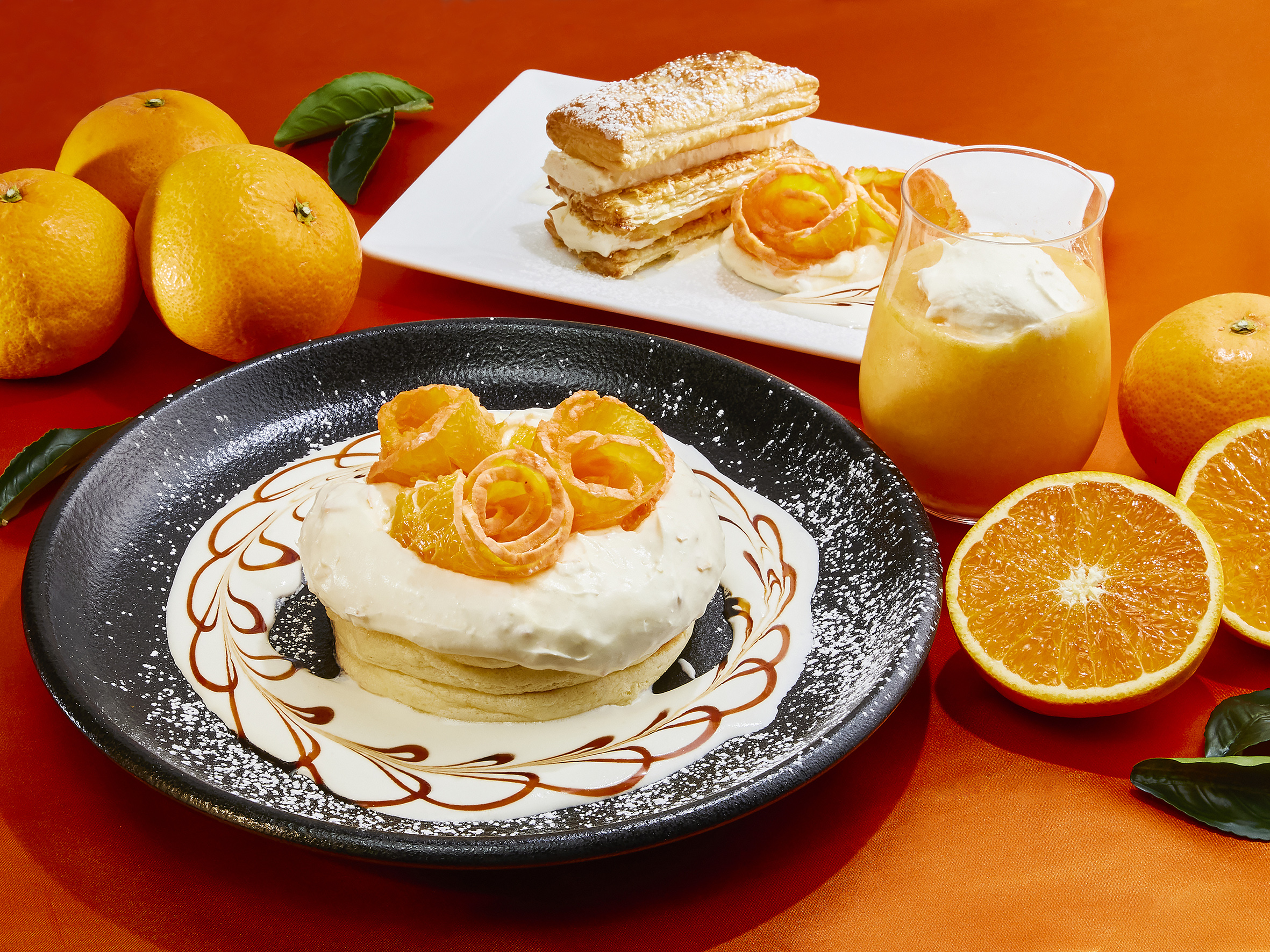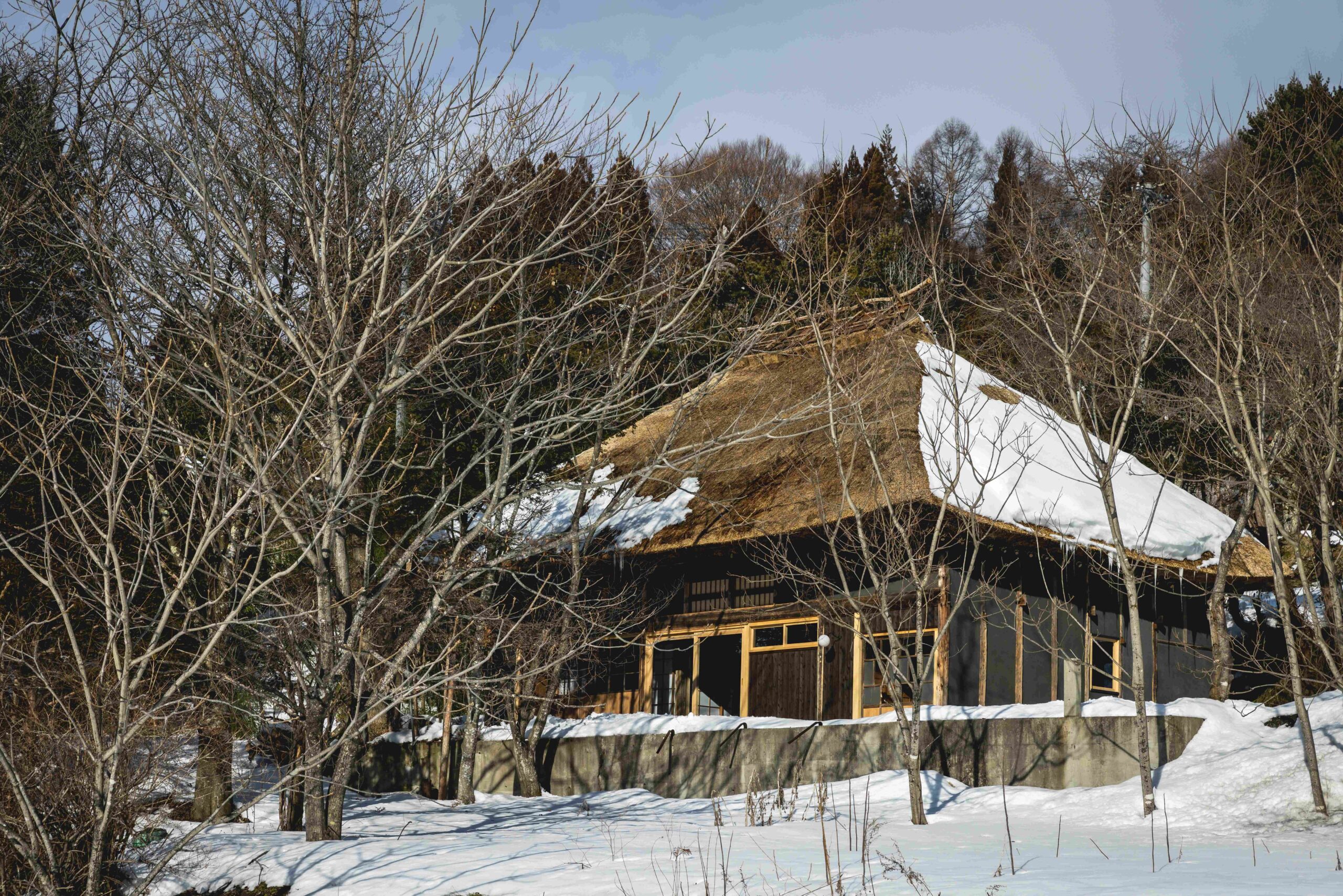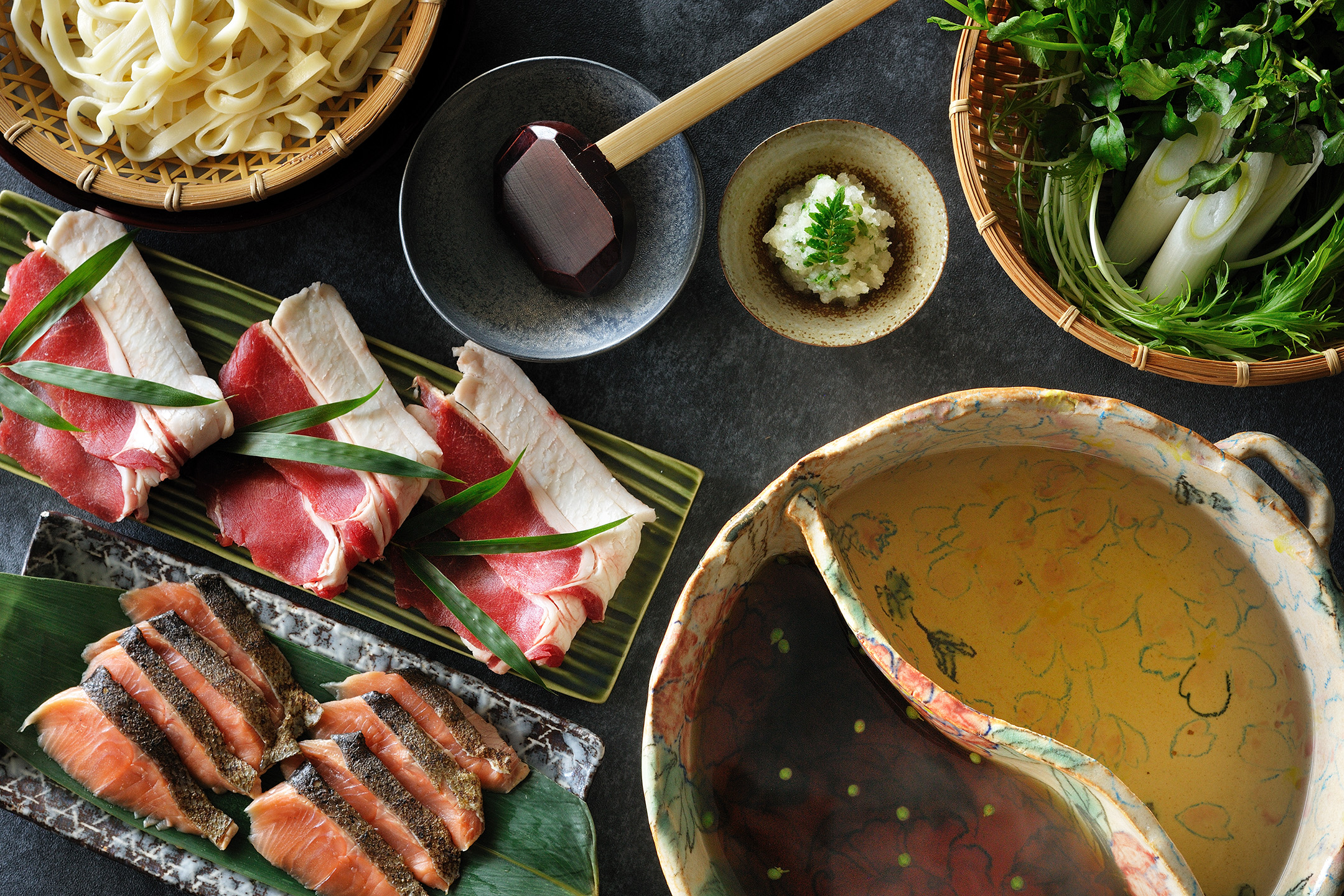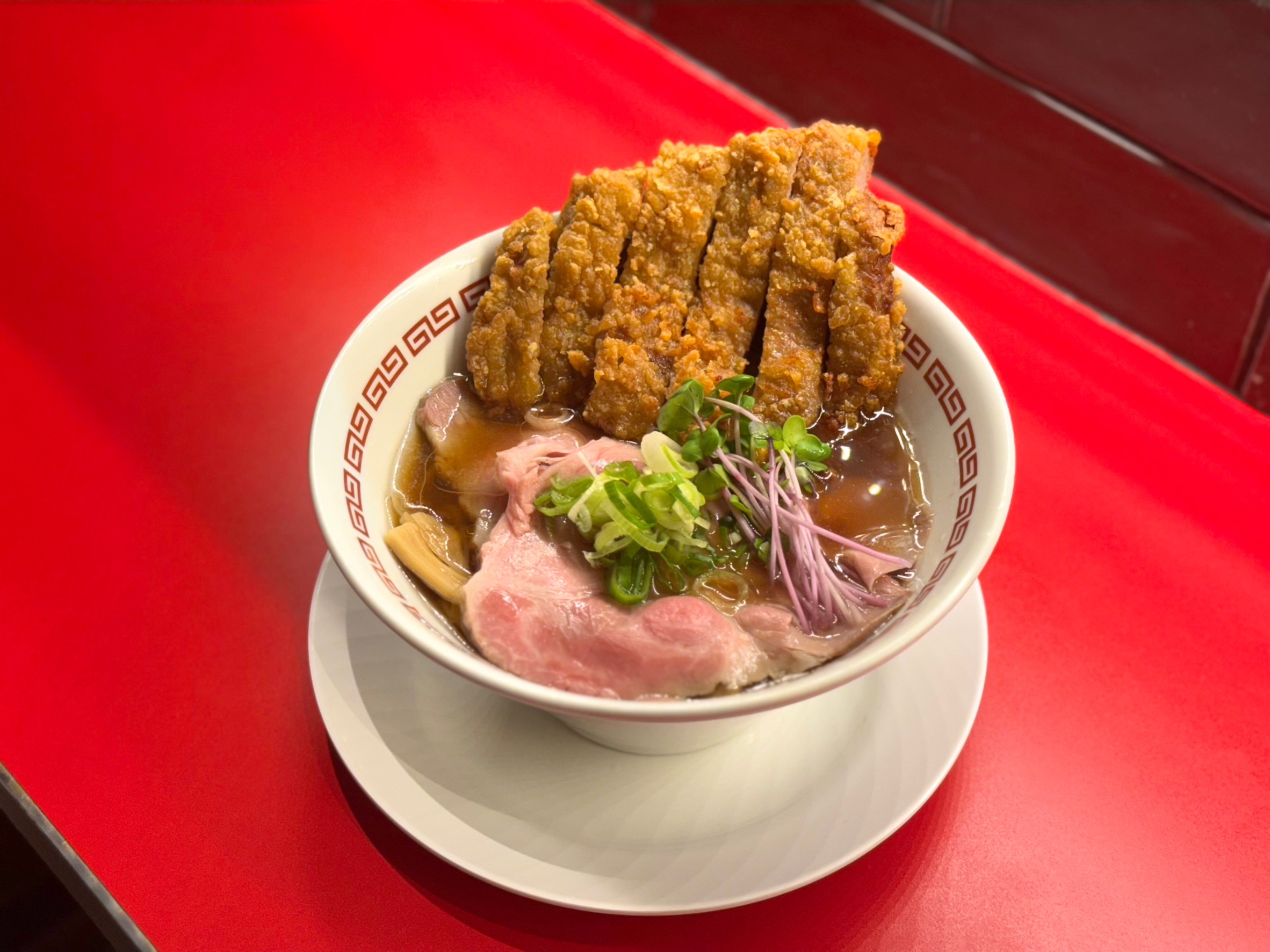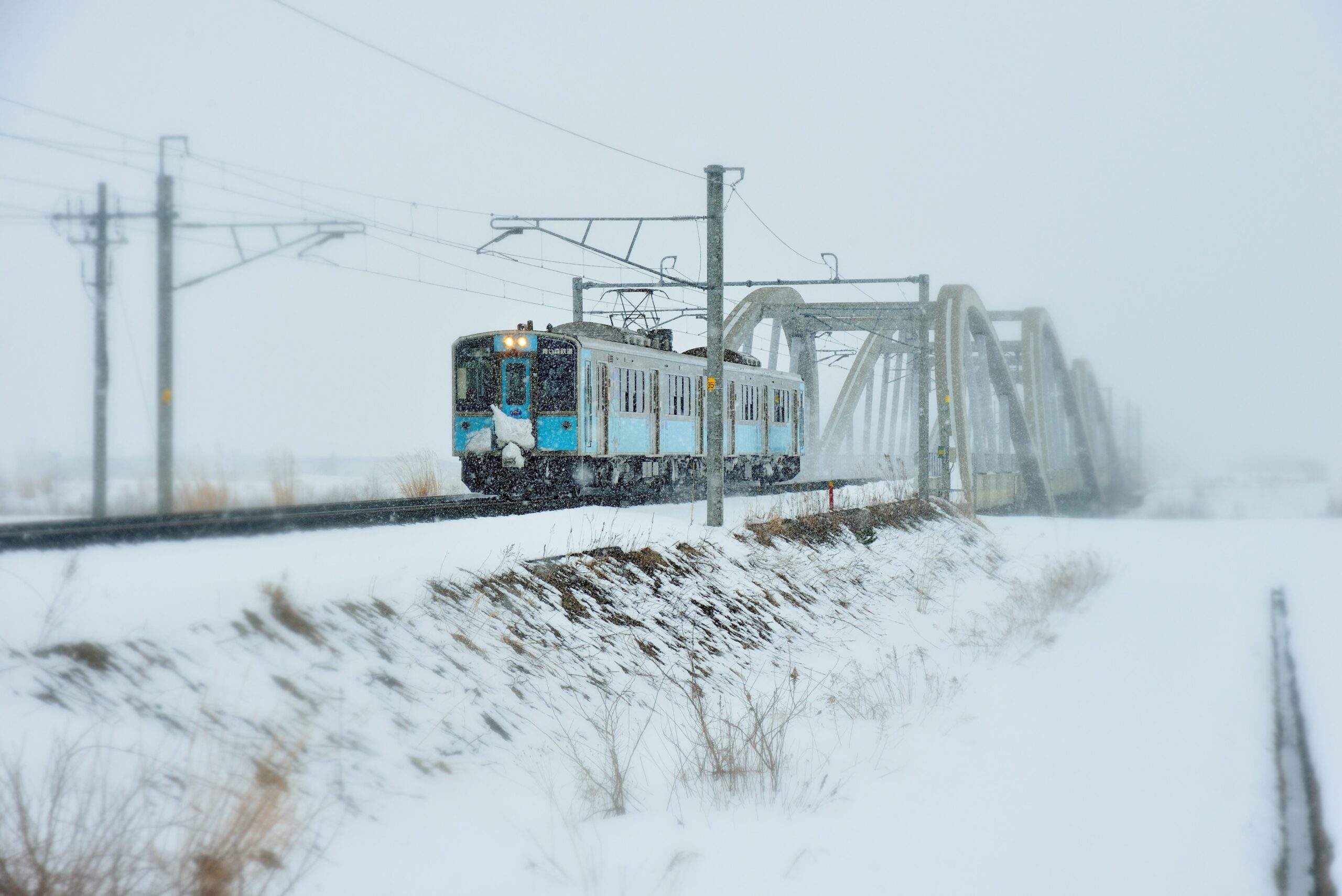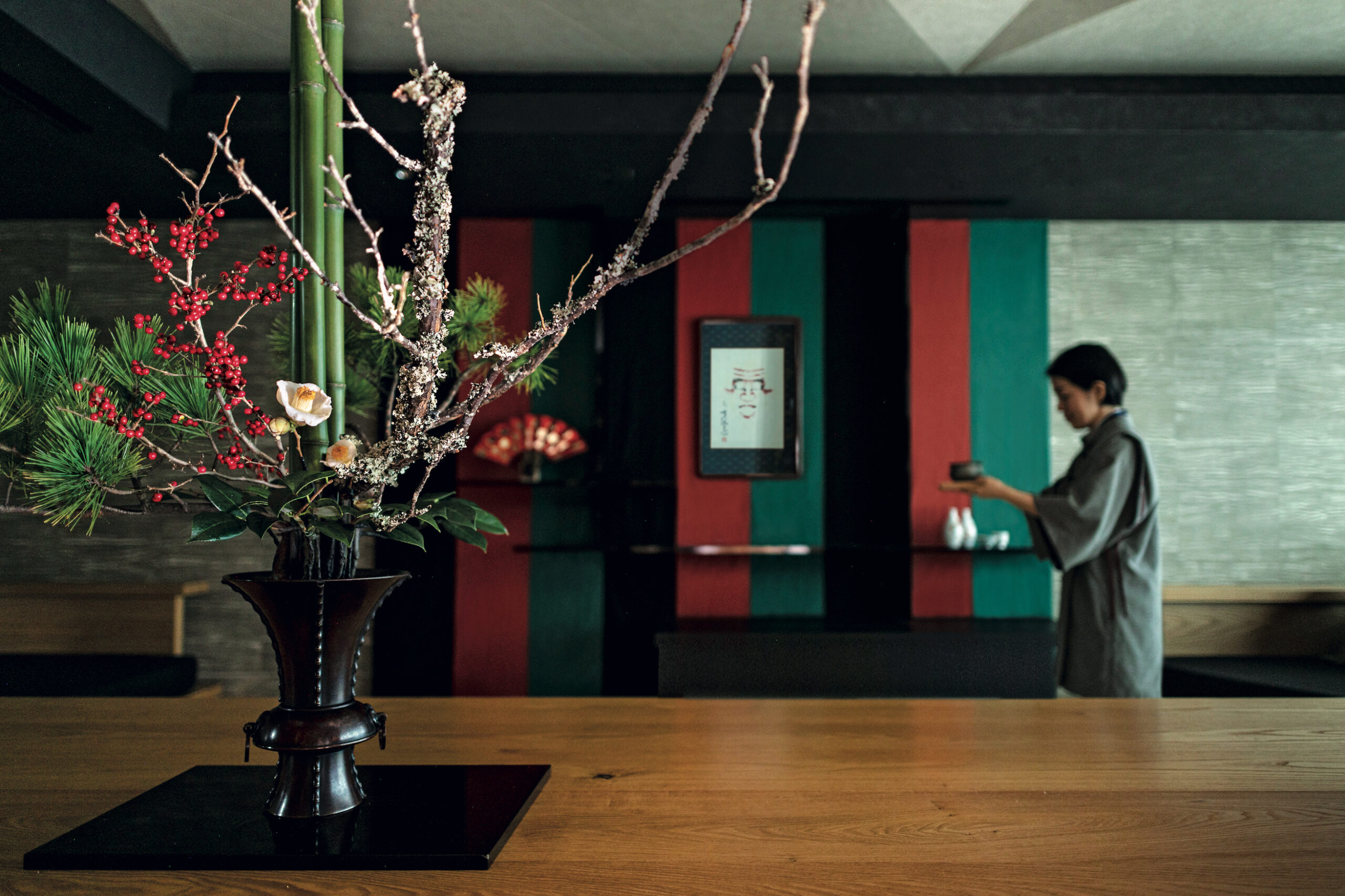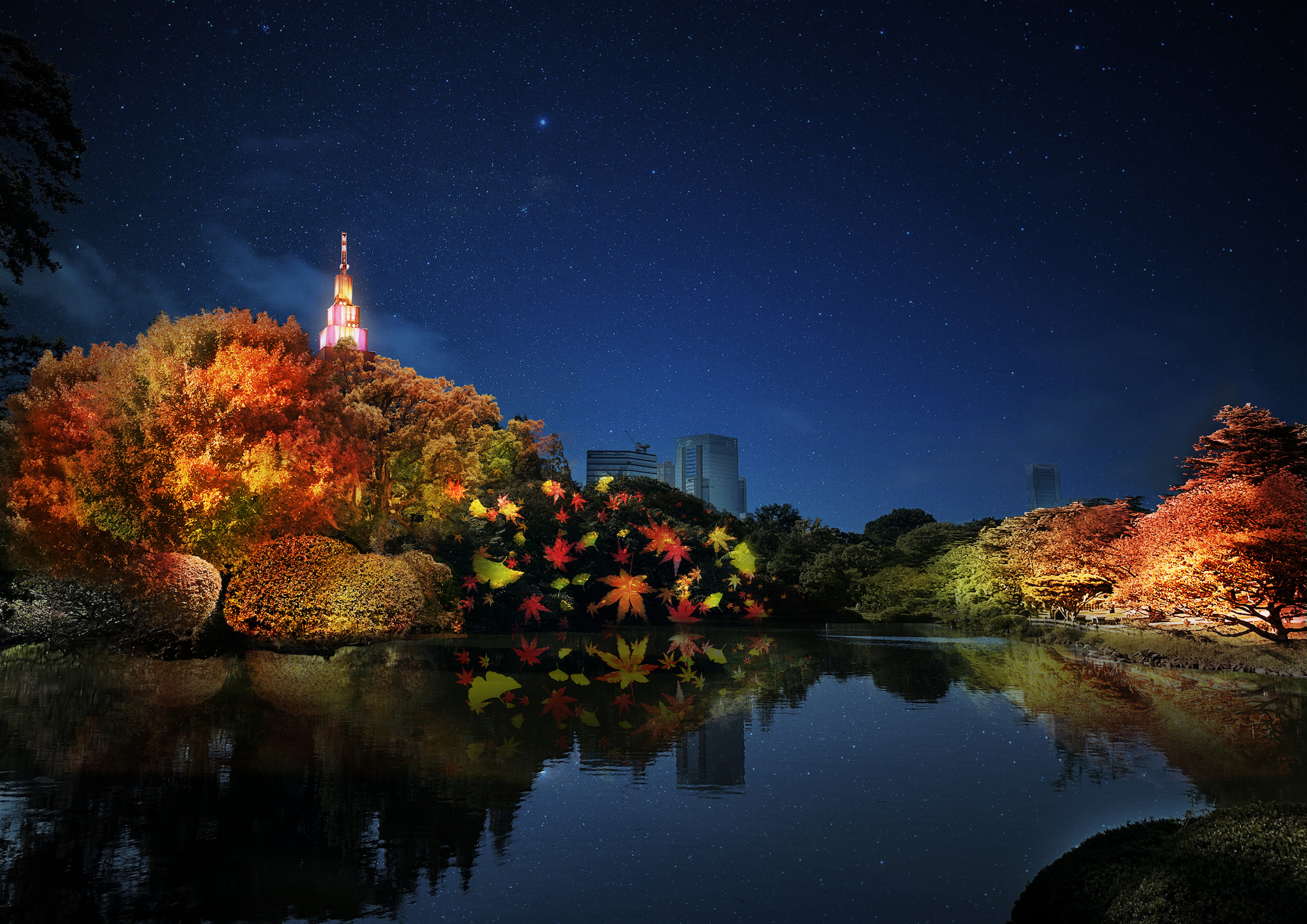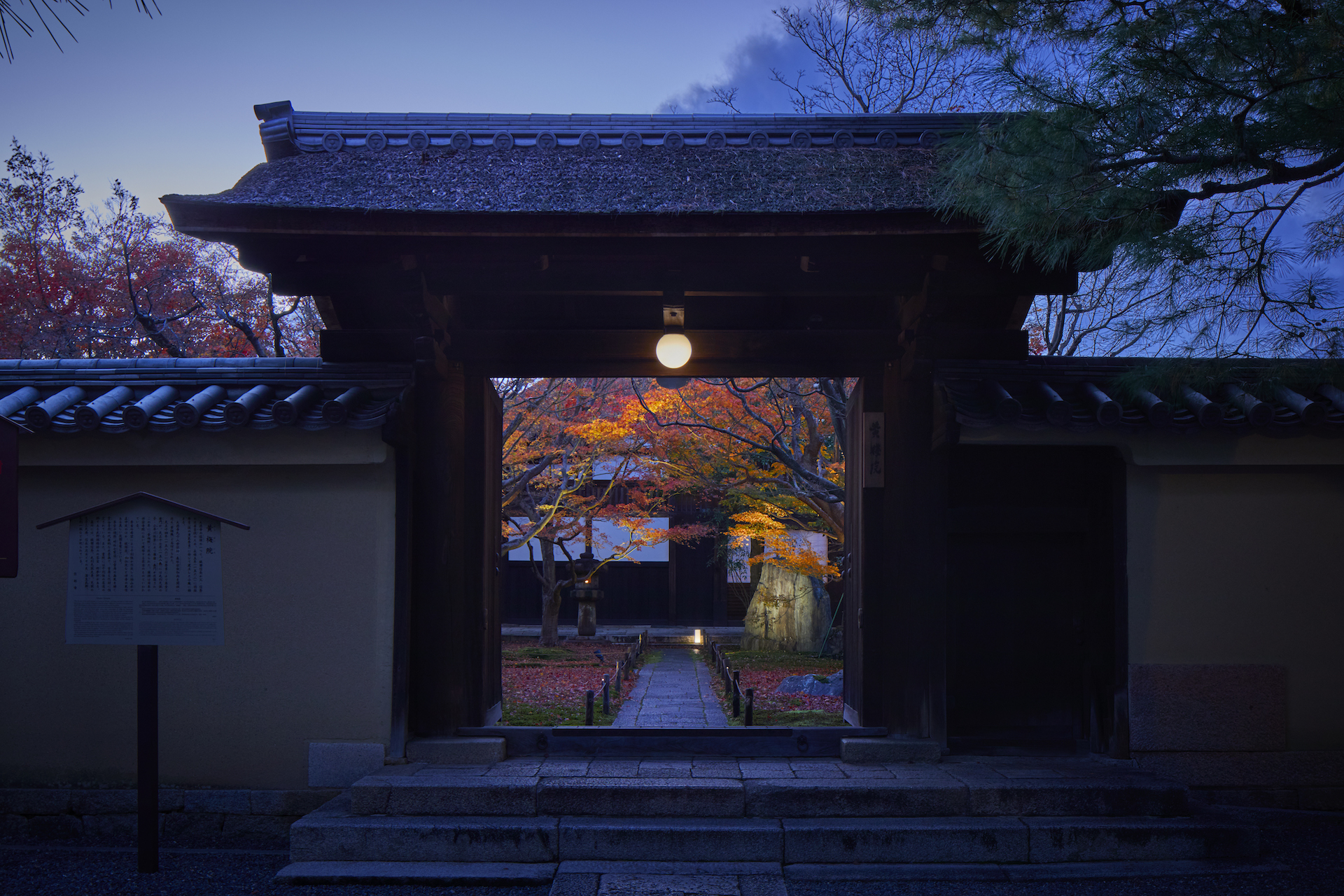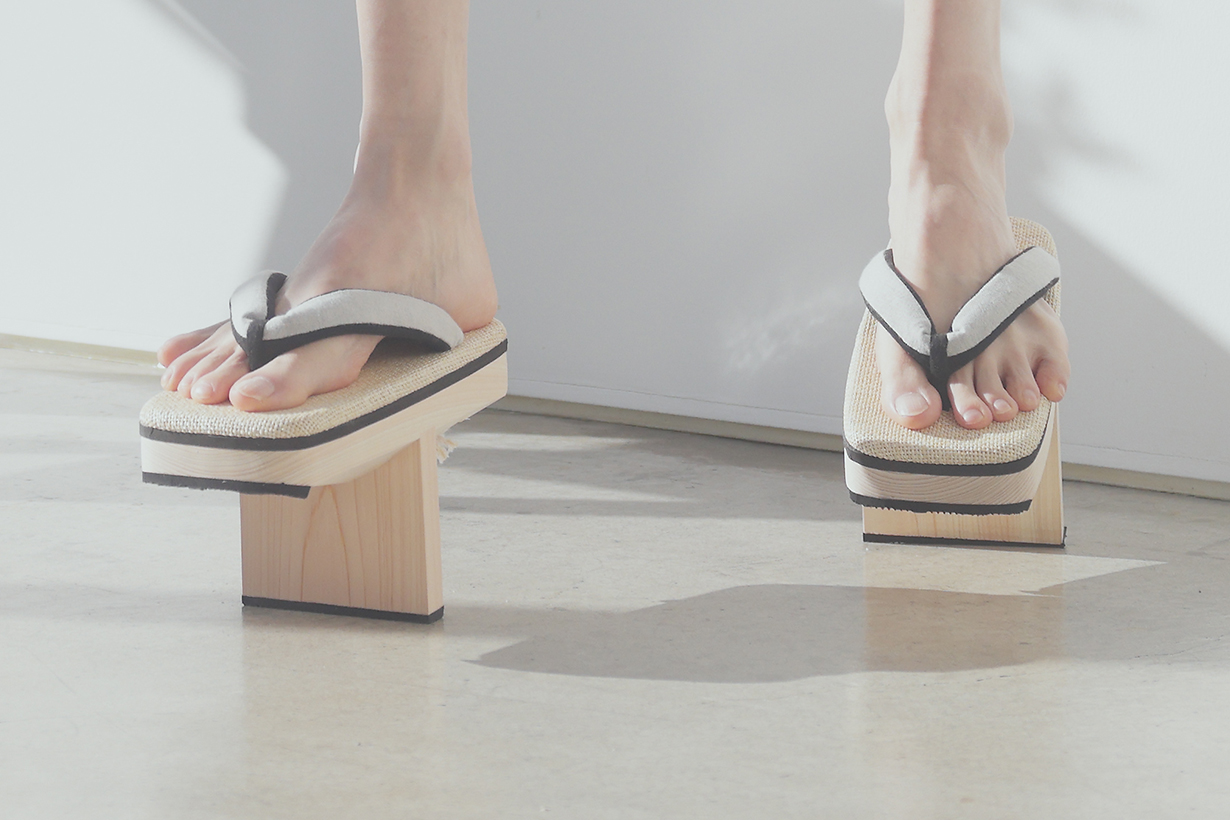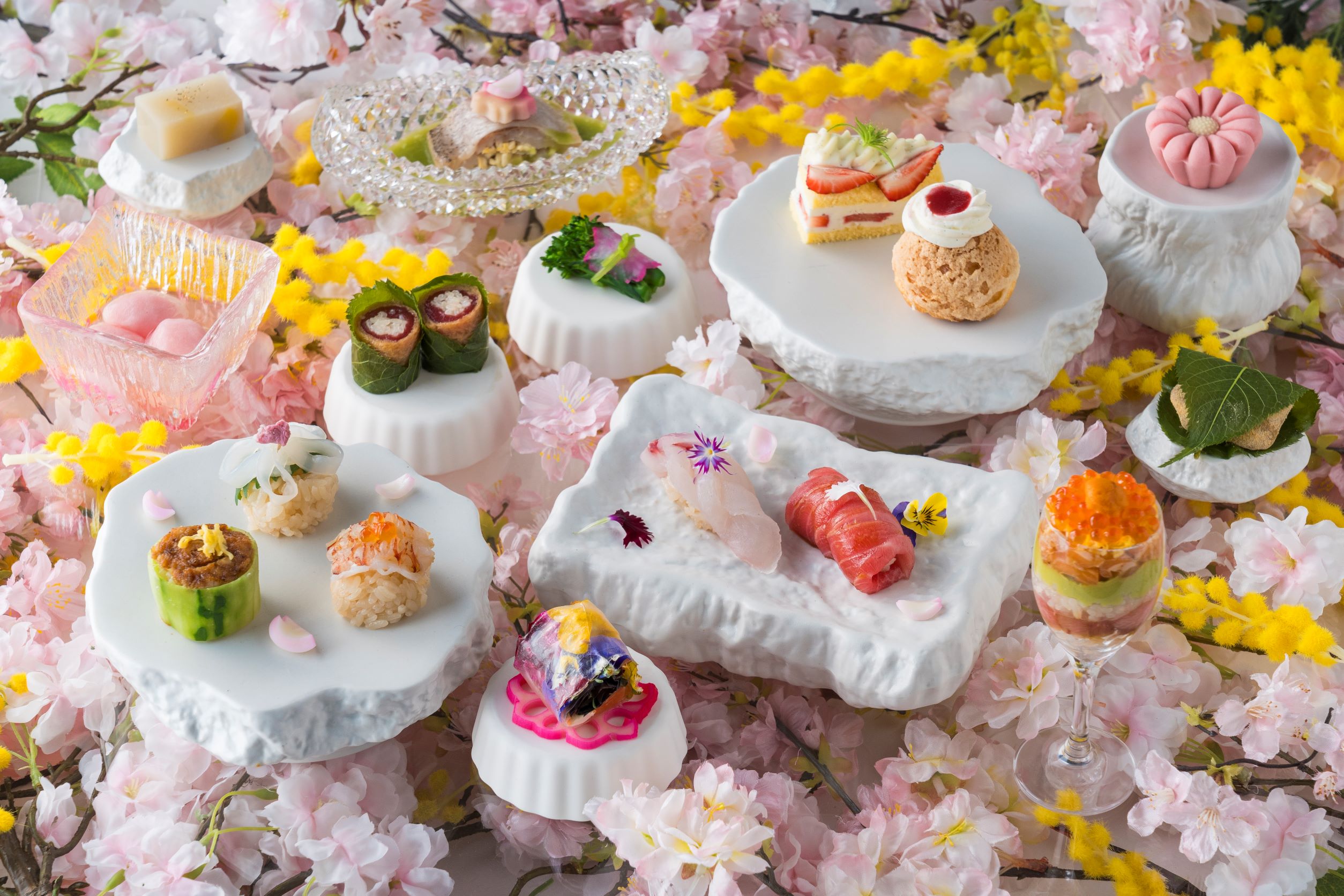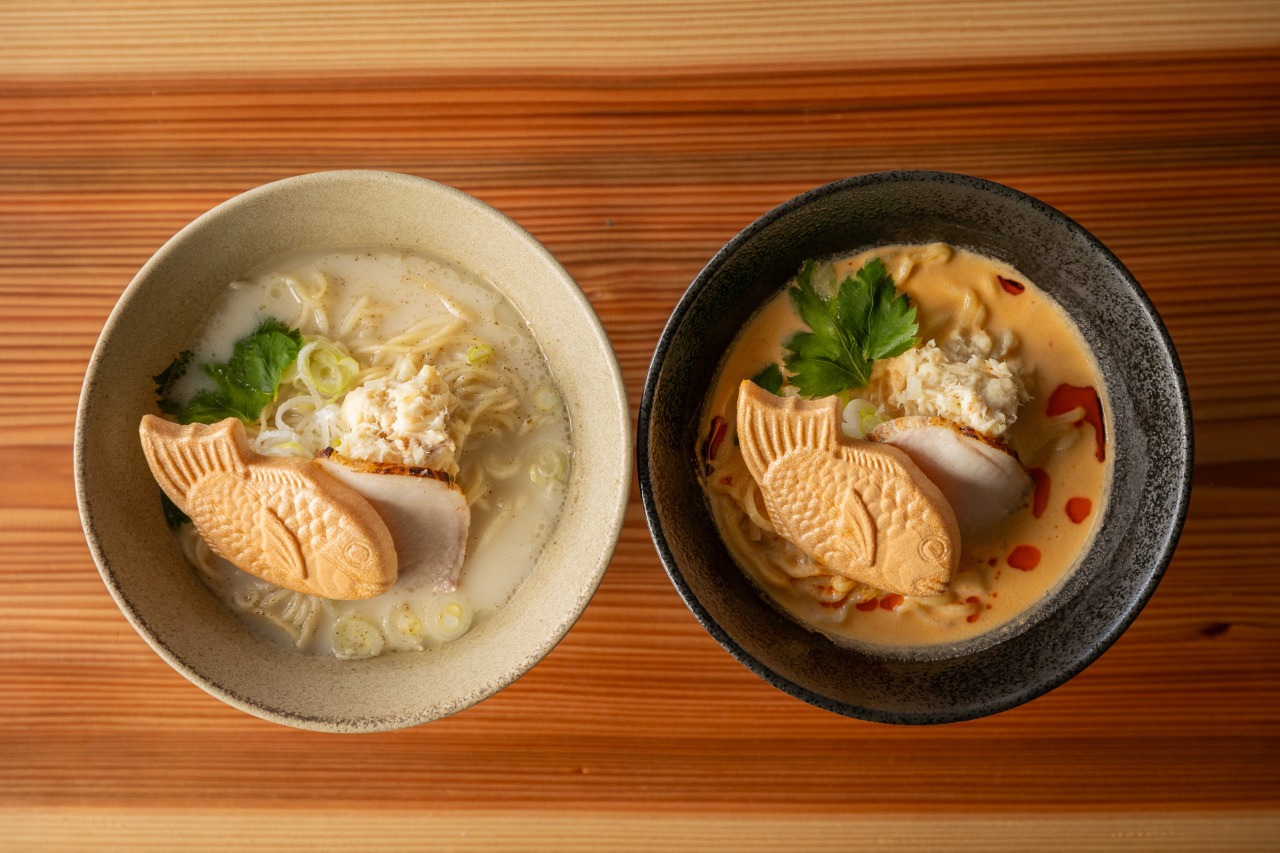At Yamato Bunkakan, a special project to display Japanese pottery that has a history of 10,000 years and has enriched people’s lives, from Jomon pottery full of powerful vitality to modern Kyo-yaki that brings together the best of technology. The exhibition “Japanese Pottery – From Jomon Pottery to Modern Kyo-yaki -” will be held from January 5th to February 13th, 2022.
Pottery that changes with the times
The history of Japanese pottery begins with Jomon pottery. After a long period of earthenware, Sue pottery, which is formed into a potter’s wheel and reduced and fired in the Tumulus period, and glazed pottery, which is artificially glazed, will appear in the Nara period.
In the Middle Ages, many simple baked pottery were made and widely used as everyday miscellaneous goods. During the Momoyama period, with the rise of the tea ceremony, innovative tea pottery was actively made, revitalizing the world of pottery.
During the Edo period, we first succeeded in firing porcelain in Arita, and various types of porcelain were produced in various parts of Japan. Especially in Kyo-yaki, in the early Edo period, Ninsei Nonomura developed the technique of color painting pottery to paint pottery with top paint. Along with the production of many elegant colored pottery, it became possible to fire porcelain in the latter half of the Edo period, and literary and elegant pottery was also preferred. Although there was a danger of decline after the Meiji Restoration, modern Kyo-yaki works with diverse charms were created by refining and evolving technology and design.

"Japanese pottery - from Jomon pottery to modern Kyo-yaki -" exhibition
| Session: |
January 5th (Wednesday) – February 13th (Sunday), 2022
Closed on Mondays (However, the museum is open on January 10th (Monday / holiday) and closed on January 11th (Tuesday) |
| Opening hours: |
10:00am to 5:00pm (admission is until 4:00pm) |
| Admission fee: |
General 630yen High school / university student 420yen Elementary / junior high school student free |
>About COVID-19 infection spread prevention measures
>Yamato Bunkakan Official Website
